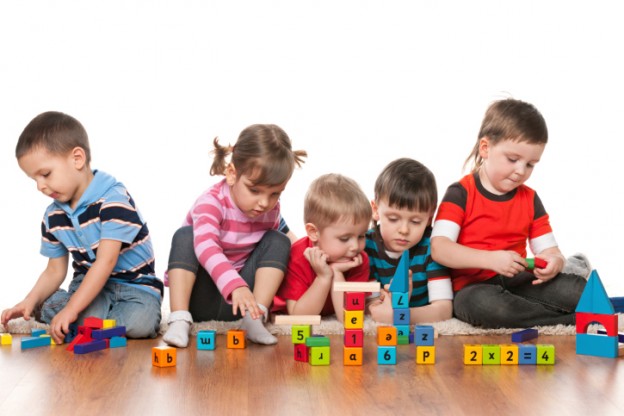
Resources 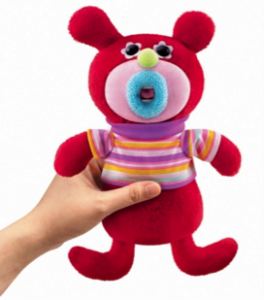
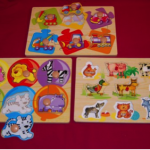 Puzzles offer many developmental benefits that give children the chance to learn new skills while they work toward a goal. Putting together a puzzle requires a child to pick up, grasp and pinch pieces; some with knobs or three dimensional components. This gives children with a fine motor delay a good opportunity to work on strengthening those skills. Puzzles also improve cognitive development as they help children learn strategy, choice and how pieces fit together to form a larger picture. There are various types of puzzles for children:
Puzzles offer many developmental benefits that give children the chance to learn new skills while they work toward a goal. Putting together a puzzle requires a child to pick up, grasp and pinch pieces; some with knobs or three dimensional components. This gives children with a fine motor delay a good opportunity to work on strengthening those skills. Puzzles also improve cognitive development as they help children learn strategy, choice and how pieces fit together to form a larger picture. There are various types of puzzles for children:
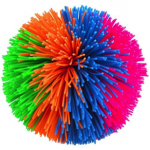
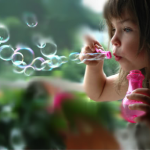
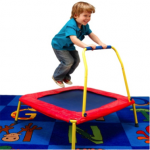
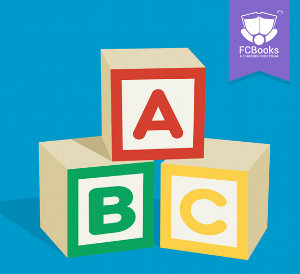 For a complete guide to special needs toys please see Toys: A comprehensive guide to finding the right toy for your child with special needs.
For a complete guide to special needs toys please see Toys: A comprehensive guide to finding the right toy for your child with special needs.
The Five Types of Toys for Children with Special Needs
Starting as early as infancy, toys play a supportive role in a child’s development. Toys can help a child learn new skills, like color and shape identification and hand eye coordination, in the crucial years of primary brain development. For a child with special needs, toys can cater to specific areas of development or preference and serve as a therapy aid. There are a myriad of toys available that address specific needs but are still marketed for children of all abilities.1. Cause and Effect Toys
Cause and effect toys promote visual motor and grasping skills and are especially helpful for children with autism as they provide the opportunity for hand-eye coordination, sensory exploration and repetitive sequences. These toys allow children to “cause” a type of reaction (example: push a button and a light flashes). Some of the more common cause and effect toys are:
- Shape sorters
- Pop-up toys
- Water squirters
- Light-up toys
- Sing-a-ma-jigs (Sing-a-ma-jigs make a variety of noises when squeezed.)
2. Puzzles
 Puzzles offer many developmental benefits that give children the chance to learn new skills while they work toward a goal. Putting together a puzzle requires a child to pick up, grasp and pinch pieces; some with knobs or three dimensional components. This gives children with a fine motor delay a good opportunity to work on strengthening those skills. Puzzles also improve cognitive development as they help children learn strategy, choice and how pieces fit together to form a larger picture. There are various types of puzzles for children:
Puzzles offer many developmental benefits that give children the chance to learn new skills while they work toward a goal. Putting together a puzzle requires a child to pick up, grasp and pinch pieces; some with knobs or three dimensional components. This gives children with a fine motor delay a good opportunity to work on strengthening those skills. Puzzles also improve cognitive development as they help children learn strategy, choice and how pieces fit together to form a larger picture. There are various types of puzzles for children:
- Non-connecting puzzles with pieces that do not fit into each other. Many of these puzzles include knobs or pegs.
- Connecting (or jigsaw) puzzles with pieces that fit into each other. These puzzles are a step up for kids who have mastered non-connecting puzzles.
- Sliding puzzles with pieces of a picture divided into squares with an empty space inside of a case. These puzzles are more challenging and usually appeal to older children.
- Non-connecting puzzles with knobs help children with fine motor skills.
3. Fidget Toys
For children with ADD or ADHD, fidget toys are a good option to keep their hands and fingers busy while the brain is engaged. These toys can effectively help with self regulation, promote focus and concentration, decrease stress and provide tactile awareness. There are many different types of fidget toys but the most helpful ones offer an experience with different or extreme textures and an effective medium to keep fingers busy. Some examples are:
- Play dough. There are many different adaptations on this modeling compound from foam to slippery, slimy “gak.” Regardless of the type, this classic provides the perfect outlet for hyper-creative energy.
- Koosh balls and squeezable stress balls.
- Noise-making toys like hand clappers or clackers.
- Sensory or “wiggle” cushions. These tactile inflatable cushions help children with focus and balance problems.
4. Oral Motor Stimulators
Oral motor toys are designed to either go in or engage a child’s mouth. These toys can be effective stimulators for children who crave chewing or struggle with oral motor difficulty:
- Chewy tubes, oral motor devices that provide a chewable surface for practicing biting and chewing skills.
- Chewable jewelry in either necklaces or bracelets
- Slide, wooden and warbling bird whistles
- Bubbles: Blowing bubbles helps a child learn breath control and pursing of the lips.
5. Sensory Toys
Some children with sensory processing disorder are under-responsive to sensation and often need to feel intense outside sensations like texture, touch, pressure and speed. Sensory toys offer a quick sensory response to help children calm down and focus their attention. It’s important to make sure a child is experiencing the sensory response he desires. If a child craves more of or a different response, he may misuse a toy in order to achieve it, which may be dangerous. Some effective examples of sensory toys are:
- Light up toys
- Water or sand tables
- Finger paint
- Mini trampolines or personal bouncers: Mini trampolines offer a quick and repetitive response.
Article Sources
If you are interested in learning more, check out these resources used in the post: “How Puzzles Help with your Child’s Development.” Penfield Building Blocks. Penfield Children’s Center. 30 December 2013. Web. 24 March 2014. http://penfieldbuildingblocks. For a complete guide to special needs toys please see Toys: A comprehensive guide to finding the right toy for your child with special needs.
For a complete guide to special needs toys please see Toys: A comprehensive guide to finding the right toy for your child with special needs. 

